84 F. high in the Twin Cities Tuesday.
82 F. average high on June 24.
82 F. high on June 24, 2013.
June 24 in Minnesota Weather History. Source: NOAA
2003:
Heavy rains across central Minnesota. Elk River picked up 8.19 inches.
4.36 inches in 4 hours in Maplewood with reports of street flooding in
St. Paul. Strong winds toppled trees in Richfield.
1950: Flood at Warroad. Strong winds accompanied waters that rose 4 feet in 10 minutes.
"...
The
science is settled, with the debate left to the trolls, conspiracy
theorists, and corporate shills who much prefer to repeat thoroughly
discredited memes than to discuss market share or investment-related
issues. As I am fond of pointing out, someone has to be on the
money-losing side of the trade, and it might as well be the anti-science
crowd. Call it Darwin’s revenge: Ignorance as an evolutionary adaptive
failure..." - from an Op-Ed by professional money manager and columnist Barry Ritholtz at Bloomberg View; details below. Photo credit
here.
Monsoon-free
According
to scientists at NOAA and NASA May was the warmest on record,
worldwide. It was the 351st month in a row of global temperatures warmer
than the 20th century average.
I'm sure it's all a coincidence. I read that on the Inter-web so it must be true.
Warmer
air can hold more water vapor, unleashing heavier rains. The number of
3" plus downpours over the Midwest has doubled since 1964.
That's
not hard to believe this year. As the Mississippi River in St. Paul
crests at its highest June level in recorded history meteorologists are
tracking a potential for more heavy T-storms by late week.
Today
will be relatively cool and monsoon-free, but an advancing warm frontal
boundary, marking the leading edge of tropical 70-degree dew points,
sparks more torrential rains anytime from Saturday into Monday.
Another
.83 inches of rain at MSP International and we break the all-time June
rainfall record set in 1874. I suspect some 1-2 inch amounts before we
cool down and dry out next week.
In today's blog: the lightning capital of the USA - why the word "tornado" was
banned from weather forecasts
up until 1950 - why the Twin's Brian Dozier should hit more home runs
on muggy days than cool, comfortable days - and a sneak peak at weather
for the 4th of July.
7-Day Rainfall Potential.
It's still a tale of moisture haves and have-nots. No rain predicted
for the southwest USA, while the torrents keep coming from the Upper
Midwest into much of New England, as much as 3-6" for Florida.
Flood-stricken Minnesota, Iowa and Wisconsin could easily pick up
another 1-3" rain late Friday into Monday of next week. Map: NOAA.
First 24 Days of June: 86% of Meteorological Summer Rainfall at MSP.
Thanks to meteorologist Todd Nelson for compiling the statistics below.
If anyone asks (doubtful) the Twin Cities has already picked up 82% of
the average annual precipitation, and the year isn't even half over yet.
MSP Rainfall through June 23rd:June 2014 Rain: 10.85"
June Average.: 4.25"
Meteorological Summer So Far: 10.85"
Meteorological Summer Avg.: 12.59"
(We've seen 86% of our normal meteorological summer rain)
June Avg.: 4.25"
July Avg.: 4.04"
August Avg.: 4.30"
================
Summer Avg.: 12.59"
NOAA NOWData Annual Avg. Precip (1981-2010):
30.61"
2014 Precipitation So Far:
25.32"
(We've seen 82% of our normal annual precipitation at MSP International)
The Midwest Receives Two Months of Rainfall in One Week. For some spots it was closer to 3 months of rain. Here's an excerpt from a summary at
ThinkProgress: "...
The
rain has damaged corn and soybean crops, according to local reports,
with water slow to drain from farmers’ fields. If farmers can get the
water off their crops over the next few days, the crops could survive,
and soybeans can be replanted this late in the season. The rains also
elevated river levels, which could temporarily halt grain shipments in
the region. The Midwest’s recent patterns of floods, droughts and
damaged crops are in line with predictions for the region in this year’s National Climate Assessment..."
A Submerged Harriet Island. Webcam courtesy of the
City of St. Paul,
which has more details on flooding impacts here. A projected crest of
20.5 feet Thursday into early Friday would be the highest June crest on
record.
Aerial View of Rising Floodwaters in Minnesota.
NBC News and KARE-11 have a good summary of some of the most extreme flooding across the state: "
Flood waters nearly cover roads of Delano, Minnesota as the Crow River is on the brink of overflow."
Relatively Dry Next 48 Hours - Weekend Thunder Risk.
A weak high pressure bubble of Canadian origin will cool us off into
the 70s today and Thursday with a mix of clouds and sun (and an isolated
shower or two). 70-degree dew point air surges north by Friday, fueling
another ill-timed frontal passage over the weekend with scattered
showers and T-storms, some packing potentially heavy rain. 84 hour NAM
data: NOAA.
Out On A Limb: 4th of July Preview.
ECMWF (European) guidance hints at drier, cooler, sunnier conditions
returning to Minnesota and much of the Upper Midwest next week. On
Friday morning, the 4th of July, a northwest breeze may favor lukewarm
sunshine and highs near 80F. Confidence levels are low this far out, so
check back in (preferably on the 5th of July). Map above: WSI
Corporation.
Lightning Alley: Central Florida. Data from
Vaisala
(1997-2011) shows more than 33 strikes per square mile every year from
near Tampa to Daytona Beach; cloud to ground strikes most likely from
the Gulf Coast into the lower and middle Mississippi River Valley. NOAA
Map credit
here.
Classic Hook Echo.
I saved this image of NWS Doppler radar (reflectivity mode) yesterday
as a tornado was on the ground near Plainfield, just west of
Indianapolis, where
damage was reported.
Schools Need Better Tornado Protection. No kidding. And putting kids in hallways may not be the safest option, it turns out. Here's an excerpt of a timely post at
LiveScience: "...
Despite
this danger, building codes are not designed to ensure that schools
withstand the kinds of winds even the most modest tornado can muster.
The standard is to build schools to resist 90-mph (145 km/h),
straight-line winds. The weakest EF1 tornadoes
can sustain gusts of up to 110 mph (177 km/h), and their rotational
winds put more pressure on buildings than a straight-line wind of the
same speed, Iowa State University engineer Partha Sarkar told Live Science in 2013. "The buildings are simply not designed to withstand that level of wind," Sarkar said..."
Photo credit above: Lubbock National Weather Service. "A May 2006 tornado damaged the gym of Childress High School in Texas."
History of Tornado Forecasting.
Did you know that the word "tornado" was banned for the longest time,
for fear of inciting mass public panic? That's one of many interesting
nuggets from this worthwhile post from
NOAA; here's an excerpt: "...
In
1882, after nearly 300 years of numerous observations and stories of
whirlwinds, cyclones, and tornadoes, U.S. Army Signal Corps Sergeant
John P. Finley was placed in charge of the investigation of tornadoes
and the development of forecasting methods. During a tornado outbreak
that occurred on February 19, 1884, Finley established 15 rules
for early tornado forecasting. In 1888, Finley published these rules,
which identified signs that the formation of a tornado was likely.
Unfortunately, as Finley was developing his techniques, the tornado
prediction program encountered a huge road block. The word "tornado" was
banned from official forecasts by the U.S. Army Signal Corps due to
limitations with the observing network and concerns over causing mass
panic among the general public..."
* more detail on the history of tornado forecasting and the banning of the word "tornado" from
CNN.
5 Ways Weather Is Pivotal In A Baseball Game.
All other things being equal, batters stand a better chance of hitting a
home run on a hot, muggy day with high dew points, when air density is
lower and the ball can travel farther.
AccuWeather has an interesting story - here's the intro: "
The
impact of weather on a baseball game may not always be immediately
recognizable as a heavy storm causing a rain-out, but it can be profound
even on a bright, sunny day. "The weather can impact every aspect of
the game," said Mike Collins, head baseball coach at Bloomsburg
University in Bloomsburg, Pennsylvania. Baseball is a sport that is
played throughout multiple seasons, so players must continuously adapt
throughout the year. Below are five ways weather can affect the outcome
of a game..."
Temperature Highest On Record For May. Here's a clip from an update at
The Boston Globe: "
Driven
by exceptionally warm ocean waters, Earth smashed a record for heat in
May and is expected to keep on breaking high temperature marks, experts
say. The National Oceanic and Atmospheric Administration Monday said
May’s average temperature on Earth of 59.93 degrees beat the record set
four years ago. In April, the globe tied the 2010 record for that month.
Records go back to 1880..." (Map: NOAA NCDC).
* May was the 351st month in a row of global temperatures warmer than the 20th century average.
See How Borders Change on Google Maps Depending On Where You View Them.
Quartz has a fascinating story about how map borders are in the eyes of the beholder (or state government). Here's an excerpt: "...
The border between China and Bhutan has been the subject of decades of diplomatic talks,
since the areas China claims in Bhutan’s West would provide China with
strategic military positions on the Indian border. The country’s borders
are similarly altered when viewed from China, showing some areas
administered by Bhutan as part of China..."
CNN To Study Drone Use For Reporting.
Hey, I'd watch for that. At this rate we'll all have our own pet drones
within a few years, but for covering breaking news or natural
disasters? I guess it's inevitable. Here's a clip from CNN Money: "Seeking
to speed up government rule-making about the use of drones in
newsgathering, CNN and the Georgia Institute of Technology said Monday
that they would jointly study how to operate unmanned aerial vehicles
(UAVs) safely and effectively. In a press release, the partners called
it a "research initiative" and said they will share data with the
Federal Aviation Authority "as it considers regulations that will allow
for the safe and effective operation of UAVs by media outlets..."
Apple's Big iPhones Said To Start Production Next Month.
Bloomberg has a video and story focusing on what's in the Apple pipeline for fall; here's an excerpt: "...
Apple
is ramping up on two bigger devices, said the people, who asked not to
be identified because the plans are private. One model will have a
4.7-inch display, compared to the 4-inch screen of the current iPhone
5s, that may be available to ship to retailers around September, said
two of the people. A 5.5-inch version is also being prepared for
manufacturing and may be available at the same time, the people said..."
Video credit above: "
Apple
suppliers in China will begin mass production of its largest iPhones
ever next month, according to people familiar with the plans, as the
smartphone maker faces increased competition. Alix Steel reports on
“Movers & Shakers” on “In The Loop.” (Source: Bloomberg)
14 Amazing Tips For Shopping Amazon You Need To Know. Buzzfeed
has a post with some interesting perks and tips for getting the most
from Amazon. If the price on your item drops within 7 days of online
purchase you can get a refund. Also, Amazon Warehouse sells gently used
items that still have a warranty, at significant discounts: "...
According
to Amazon these discounted items “are in good condition but do not meet
Amazon’s rigorous standards as ‘new.’” They’re covered by Amazon’s
standard 30-day return policy, though, so if your item doesn’t work you
can send it back..."
TODAY: Partly sunny, cooler. Dew point: 56. Winds: NE 7. High: 75
WEDNESDAY NIGHT: Partly cloudy and comfortable. Low: 61
THURSDAY: Intervals of sun, more humidity. High: 78
FRIDAY: Warm, sticky sunshine. Wake-up: 65. High: 85
SATURDAY: Unsettled, numerous T-storms with locally heavy rain. Wake-up: 72. High: 84
SUNDAY: Some sun, PM T-storm risk. Wake-up: 70. High: 85
MONDAY: More heavy showers, T-storms possible. Wake-up: 68. High: 81
TUESDAY: Turning sunnier, less humidity. Wake-up: 63. High: 79
Climate Stories...
Bipartisan Report Tallies High Toll On Economy From Global Warming. Here's the introduction to a story at
The New York Times: "
More
than a million homes and businesses along the nation’s coasts could
flood repeatedly before ultimately being destroyed. Entire states in the
Southeast and the Corn Belt may lose much of their agriculture as
farming shifts northward in a warming world. Heat and humidity will
probably grow so intense that spending time outside will become
physically dangerous, throwing industries like construction and tourism
into turmoil. That is the picture of what may happen to the United
States economy in a world of unchecked global warming, according to a
major new report being put forward Tuesday by a coalition of senior
political and economic figures from the left, right and center,
including three Treasury secretaries stretching back to the Nixon
administration..."

"Risky Business" Report Aims To Frame Climate Change As Economic Issue. Following up on the New York Times, here's an excerpt from
The Wall Street Journal: "...
The
whole point was to have a bipartisan group who agreed on the nature of
the problem, which is that climate change is a huge economic risk," said
Mr. Paulson, who served under President George W. Bush. The study
concludes that within the next 15 years, higher sea levels, storm surges
and hurricanes could raise the annual price tag for coastal damage
along the East Coast and the Gulf of Mexico to $35 billion. Some
Midwestern and Southern agricultural areas could see a decline in yields
of more than 10% over the next five to 25 years due to increased
drought and flooding, unless farmers adapt their crops, according to the
study..."
* The Risky Business report, download and Executive Summary is
here.
*
Click here for the Risky Business Press Conference Live Stream.
The Losing Bet on Climate Change. Professional money manager and columnist Barry Ritholtz has an Op-Ed at
Bloomberg View
where he discusses something I've been talking about for some time:
climate volatility, and how companies will soon be divulging climate
volatility risk to their investors; here's an excerpt: "...
Changes
in weather are going to be disruptive for investors. Opportunities and
risks will abound. Your choices will be to either take advantage of
these opportunities for your clients or your own holdings or let them
pass by because you have come to the scientifically unsupported
conclusion that there is no such thing as global warming -- or maybe
there is, but it's only modest, and besides, it's natural and caused by
sunspots and not human activity, or whatever slice of agnotology your cognitive dissonance has foisted upon you. .."
Why We Care About The 97% Expert Consensus on Human-Caused Global Warming. Dana Nuccitelli has the story at
The Guardian; here's the intro: "
Three distinct studies using four different methods have independently shown that the expert consensus on human-caused global warming is 97 ± 1%. The result is the same whether we ask the experts’ opinions, look at their public reports and statements, or examine their peer-reviewed science. Even studies that quibble about the precise percentage have accidentally reinforced the 97 ± 1% consensus. The evidence is crystal clear
that humans are the main cause of the current global warming, and the
expert consensus reflects the strength of that body of evidence. It’s
not easy to convince 97% of scientific experts about anything – that
requires some powerful scientific evidence. And yet public opinion is a
very different story. Americans think experts are evenly split on the causes of global warming..."
Corn Farming In The Midwest Heavily Taxes Water Resources and Supply.
Water conservation (and flood resilience) will be increasingly big
business in the years to come, as highlighted in this article at
The Guardian; here's a clip: "...
But, as a new Ceres report
reveals, the corn sector’s prodigious growth is taking a major toll on
water quality and shrinking water supplies. US corn production today
uses vast amounts of water and fertilizer, far more than any other
agriculture sector. Driven by high corn prices, record demand and
generous federal subsidies, a growing number of midwest farmers are
forsaking traditional conservation steps, such as crop rotations and use
of cover crops, that would limit soil erosion and fertilizer runoff.
They are also expanding production into highly erodible and ecologically
sensitive lands, oftentimes wetlands..."
Photo credit above: "
Drought-damaged
corn near Nickerson, Nebraska. US corn production uses vast amounts of
water and fertilizer — problematic for a drought-stricken Midwest." Photo: Nati Harnik/AP.
University of Dayton Becomes First U.S. Catholic College to Divest from Fossil Fuels. Here's a clip from an update at
EcoWatch: "
Monday
marked a historic day for the University of Dayton and colleges
throughout the country. The University of Dayton announced that it would
divest its $670 million investment pool to fossil fuel companies. Monday’s announcement made Dayton the first catholic university to make such a decision..."
 We Need To Ditch Our Filthiest Source of Energy: Coal
We Need To Ditch Our Filthiest Source of Energy: Coal. Here's a snippet of an Op-Ed at
Time Magazine: "...
Instead,
the EPA projects that we would still get more than 30 percent of our
power from coal in 2030. That would be a catastrophe. Coal plants emit
twice as much carbon as natural gas, and infinitely more carbon than
wind, solar, nuclear and other zero-emissions sources of power. They are
also public health nightmares, fouling our air with mercury, soot, and
other toxics, shrouding cities in smog and triggering asthma attacks
among children. And the coal we burn in our power plants—unlike the
petroleum we burn in our vehicles—can be easily and inexpensively
replaced without changing our behaviors or disrupting our economy..."

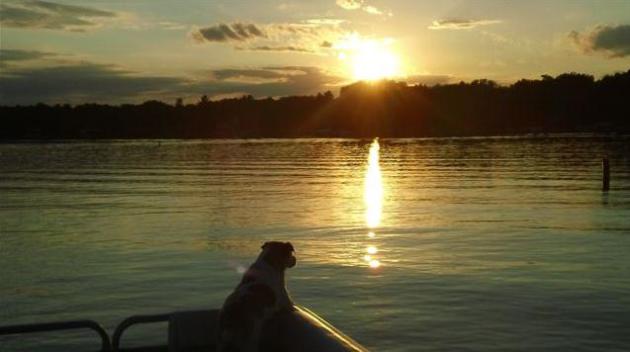

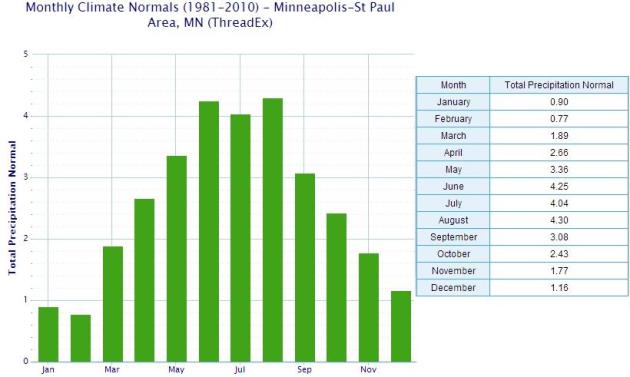
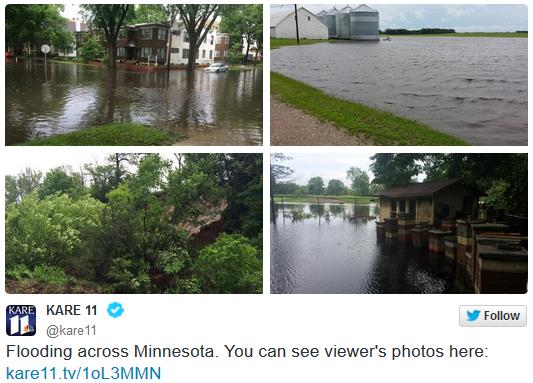

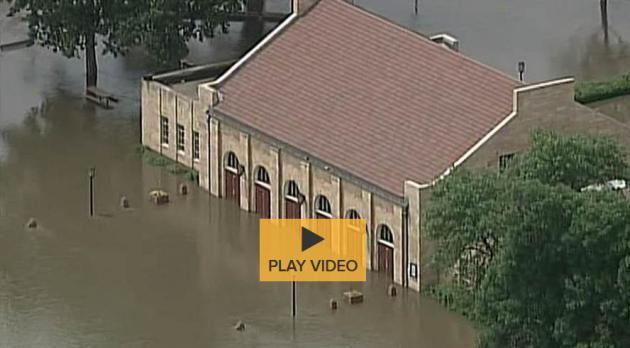

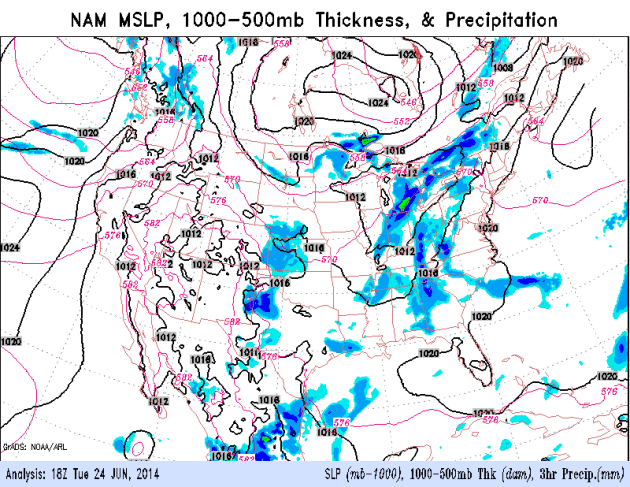



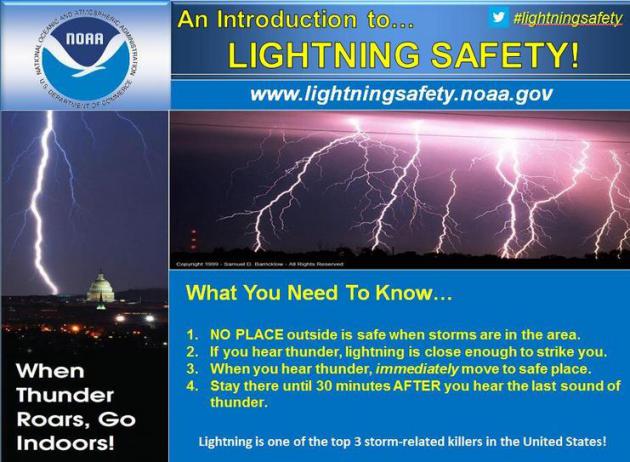
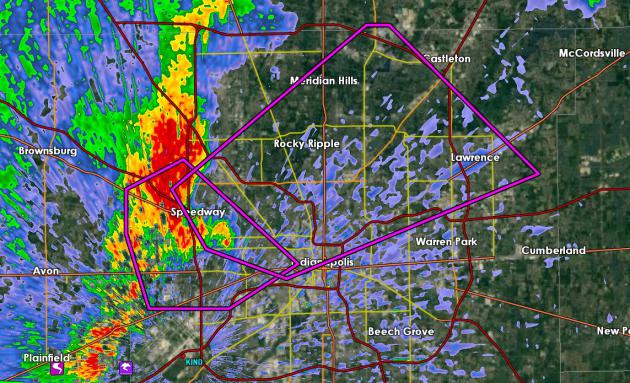
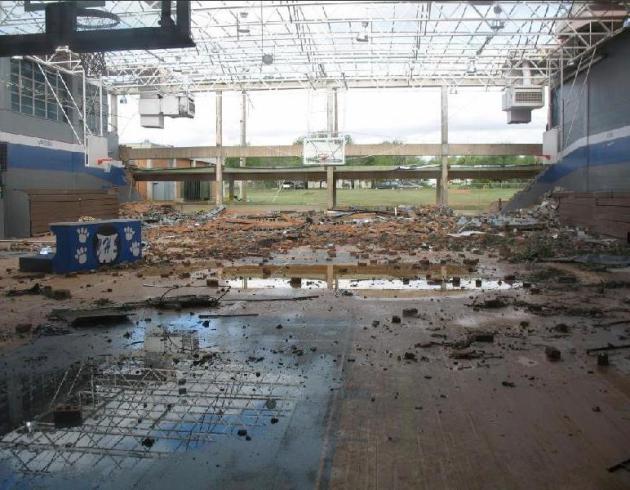
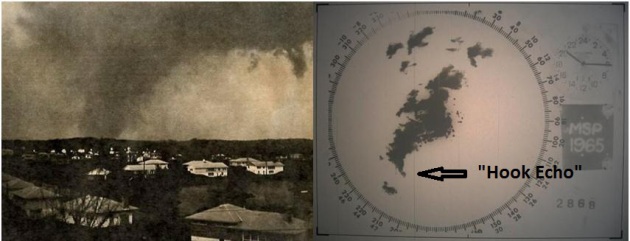
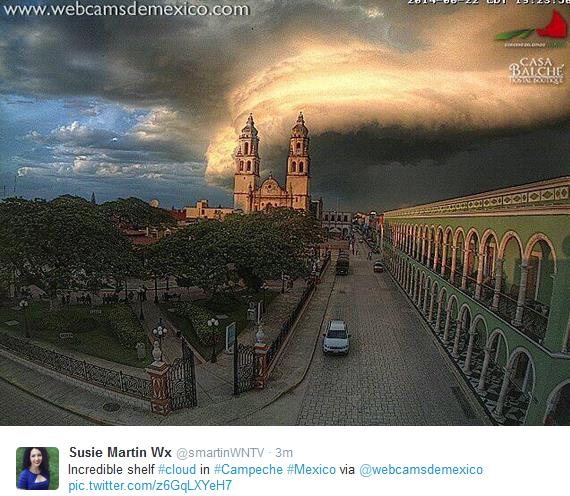

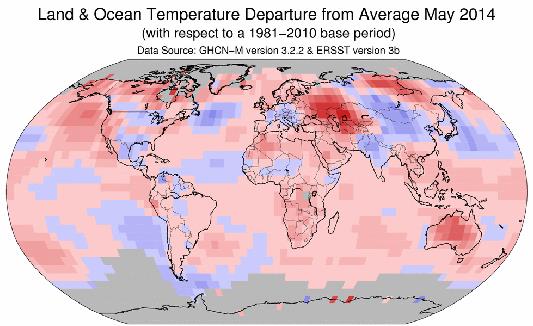
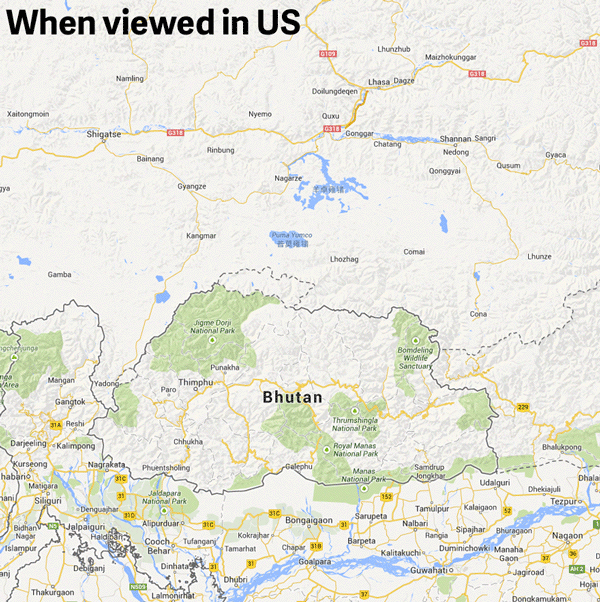




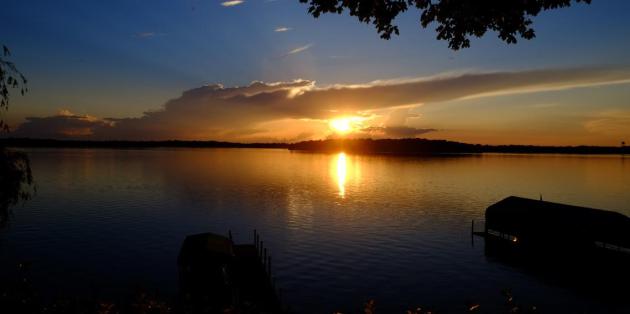

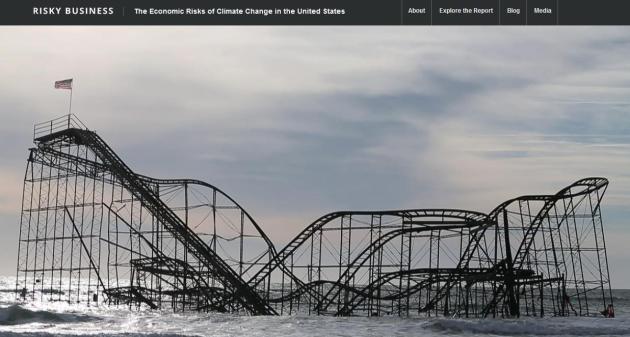

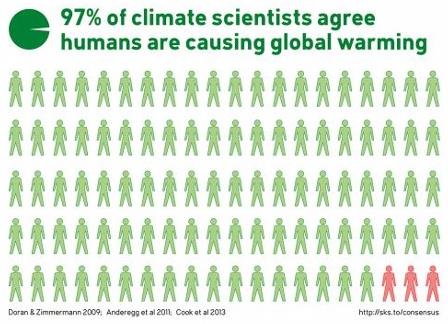
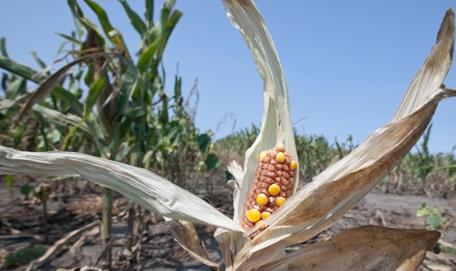

.jpg)
No comments:
Post a Comment